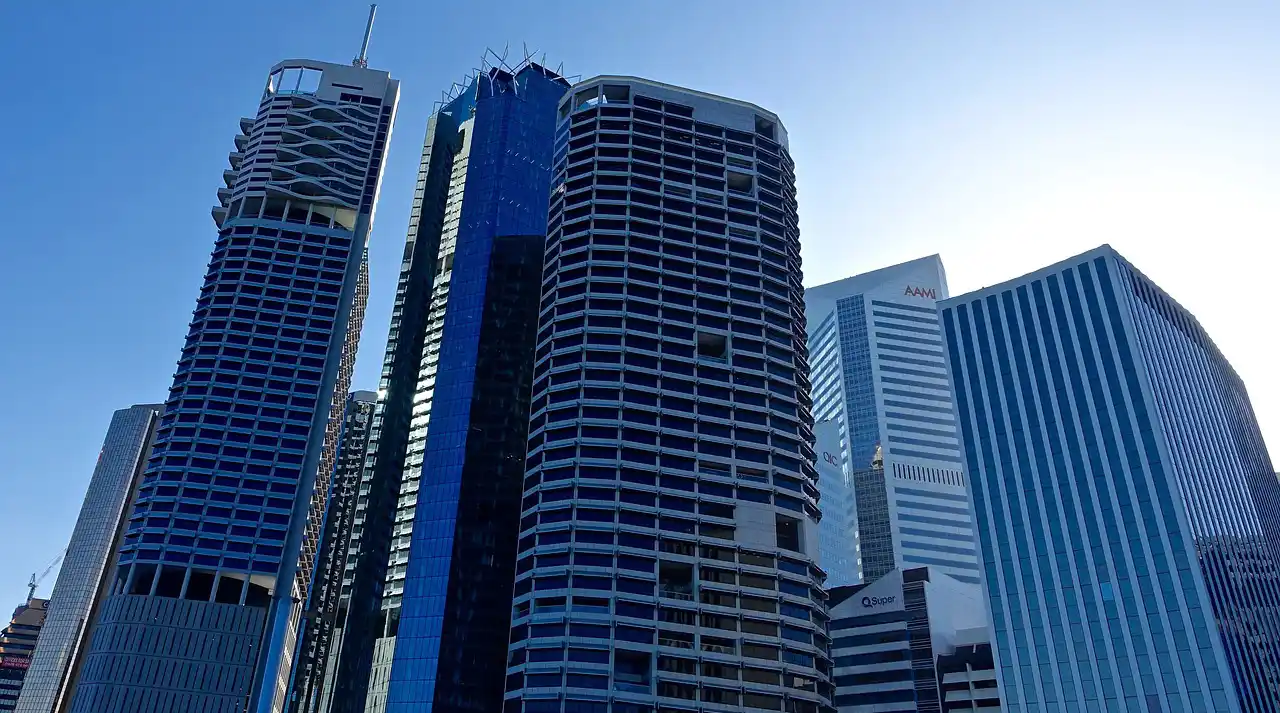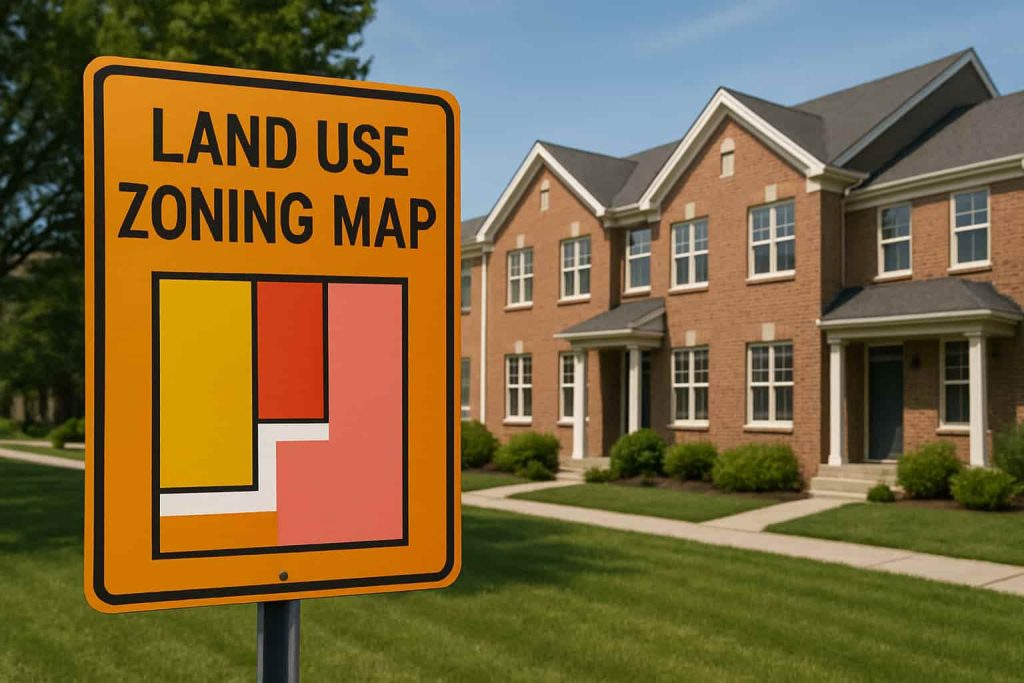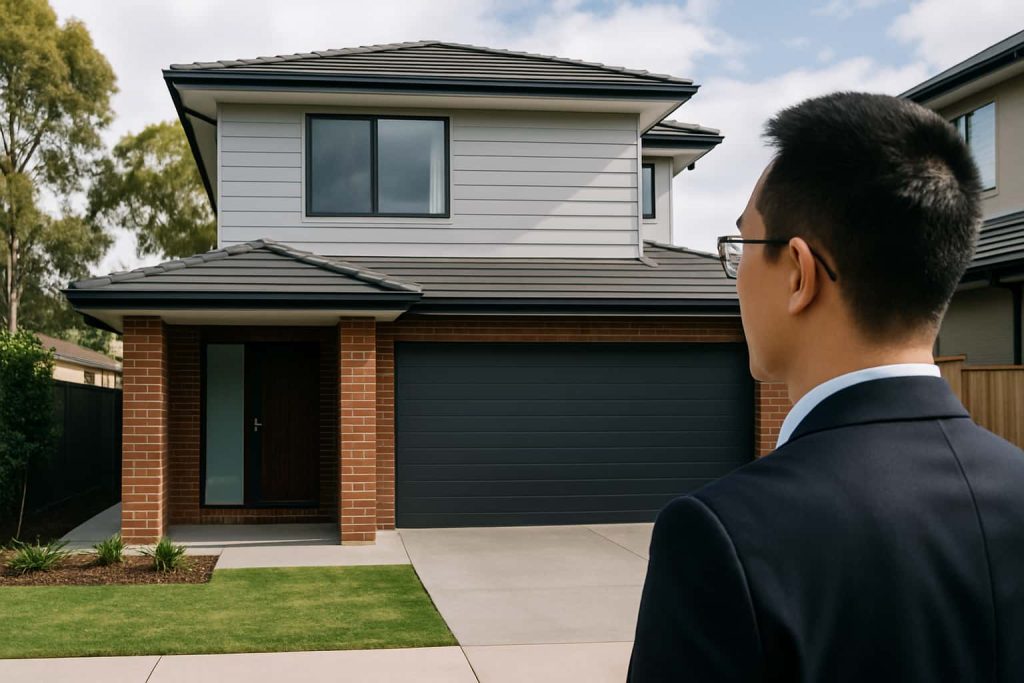There has been quite a bit of conjecture among economists recently over whether or not Australia is in a housing bubble. The argument has been fuelled by the latest Demographia International Housing Affordability Survey,which indicates that out of the 82 major metropolitan cities measured, all with populations over one million, Sydney, Melbourne, Adelaide and Perth all measured among the top 15 least affordable. It seems to be the accepted wisdom among economists outside Australia, that we are in the midst of a housing bubble. Inside Australia, economists are more divided, but the majority of opinion I have heard seems to be more optimistic that the housing market here remains strong and growth is sustainable. My immediate reaction when looking at the Demographia list, was that something was obviously not right with a survey that has Perth and Adelaide as less affordable than New York and Los Angeles.
Looking deeper through the list of major cities, and seeing some of the more affordable markets, which all seem to be in economically depressed areas of the USA, the issues with comparing housing affordability between cities based on median incomes and housing became clearer. I recall a trip I made to Buffalo in New York State, one of the major cities classified as affordable, a few years ago, researching the housing market there. There were a considerable number of Australians buying property in that area at the time, on the back of a couple of Aussie property spruikers marketing properties for as little as $15k with rental yields sometimes exceeding 30%, but that is another story. A quick drive around the citiy and a few chats to agents shed some light on the way the real estate market there works
As I recall, the cheaper properties were all in areas that you wouldn’t send your mother-in-law and were mostly in the vicinity of 50 years old or more. Property taxes were high too, making it not worth holding properties with no real capital growth potential. The more “desirable” areas were as expensive, if not more so, than Camberwell or Kew, despite a huge oversupply of housing in the city and unemployment around 20%. So median prices in the city, I imagine would be extremely low, but actual housing prices in areas approximating living standards equivalent to even lower socio-economic areas in major Australia cities was no lower than would be average in Melbourne or Sydney despite a dpressed economy. I’m just not sure how the median prices in a market such as this, can be compared with that of Adelaide or Hong Kong.
With large cities such as New York, Los Angeles and London, other factors such as urban sprawl, predominance of small studio apartments, lack of new development (meaning higher percentage of older houses sold) may skew median price figures to the extent of making the indicator more or less irrelevant to measuring actual housing prices. For example, let’s say there were 3 sales in New York, one was a studio apartment in Manhattan, that sold for $1.2m, the other 2 sales were in the Bronx and were 2 bedroom townhouses, built in 1916 that sold for $50,000 and $30,000. The median house price of the three is $50,000, but does that tell you anything about the market in New York City?
Housing markets are far too complex to be analysed based on one or two simple indicators and for any study to be taken seriously, it really should be far more detailed and involved than the Demographia survey. The scary thing is, this survey is actually taken seriously by many economists.



